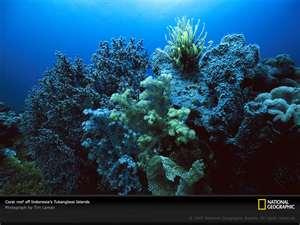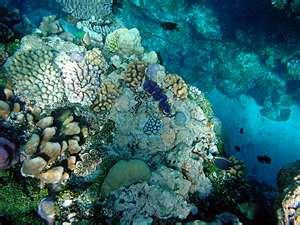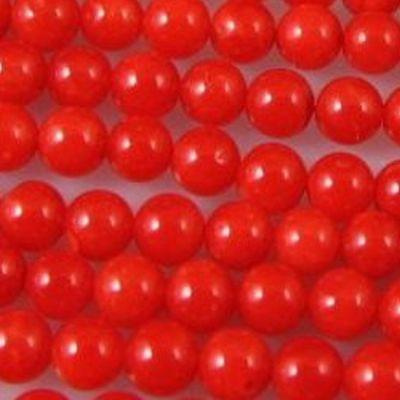Should We Buy Coral?
Whether or not to buy Coral is a very hot topic not only amongst jewelry designers but also environmentalists. Years ago someone told me I should buy coral beads quickly because the reefs that produce these beauties were being depleted and it wouldn’t be long before we couldn’t get them.
That person was right; the coral reefs are endangered and this singular fact alerts us to why the depletion of the coral reefs is a hot topic in the jewelry industry. * I used to secretly hope that if I didn’t buy coral there would be less harvesting and less environmental damage. Of course that wasn’t true and the depletion of the reefs continues.
I now know that harvesting of coral is only a small part of what contributes to damaging the reefs. Environmental changes as well as problems caused by humans such as soaps, industrial waste and oil are also highly destructive. Further information on this follows, but first some basic information may prove helpful.
In order to understand the current reef conditions, I found it necessary to build on a foundation of information regarding the nature of coral. It appears easier to understand how something can be destroyed if you recognize its nature. Wikipedia informs us that “corals are colonies of tiny living animals found in marine waters that contain few nutrients. Most coral reefs are built from stony corals, which in turn consist of polyps that cluster in groups. These polyps secrete hard carbonate exoskeletons . . . “ (http://en.wikipedia.org/wiki/Coral_reef) In other words, the sediment of the exoskeletons of tiny invertebrate animals makes up the coral reefs which are living formations of calcium carbonate and protein. Calcium carbonate is limestone. The photo on the left below is from Wikipedia and the other is from National Geographic. 

My favorite use of coral is for making beautiful beads, but it is also mined for many other reasons. We find coral species used in the ornamental trade business as well as collected for souvenirs to sell to tourists. Some corals are mined for limestone that is used in construction. Other coral is used for medical purposes and dead coral is harvested for calcium supplements.
As previously mentioned, many things threaten the coral reefs and some of these causes are induced by humans. Problems ensue from boat motors, chemical dumping, anchors dropped on reefs, etc. Yet, natural causes for the depletion appear to be the most unstoppable. For example, The Australian Institute of Science (http://scienceblogs.com/notrocketscience/2009/01/worrying_slowdown_of_coral_growth_in_the_great_barrier_reef.php) documented the decline of the Great Barrier Reef and found that the growth of this reef was accelerating until around 1970. At that time the corals went into calcium recession and growth since 1990 has slowed at least 14%. This particular study was able to rule out factors such as disease, water quality, cloud cover, etc. arriving at only two other possibilities, rising temperatures and falling pH levels. If you have interest in further information about this study, please consult the complete article.
Coral mining can obviously also affect the health of coral reefs. The practice of blasting the reef with dynamite or manually removing large patches of the reef has understandable implications. In fact, some countries, including Sri Lanka and Indonesia, have banned coral mining. Hawaii and Australia have an enforced management plan such that coral mining has minimal impact on the reef. Some countries limit coral exportation and require a special permit for it to leave the country. This is largely due to concern for the environmental impact of coral mining.
Now if I made my living by collecting coral for jewelry I would be sure that it was collected in an ethical manner so that the product I make my living from will continue to be there for me next time. The good news for jewelry designers is that the coral we use today was harvested long ago and is not coming from those reefs that are currently being rehabilitated. The bad news is that people are buying up that old coral quickly as an investment for the future so the prices will sky-rocket. I hope that man continues to monitor the health of today’s coral reefs and wish that natural forces beyond our control will look more favorably upon them in future years.
* Certain types of coral are not endangered. These include sponge coral, bamboo coral, pink coral and gold coral.
Karen Meador
**Contributing authors are noted and linked to in the articles they wrote. All articles are copyright. You can reprint these articles as long as the original author is sited and a link to their site and this website is included. The name Magpie Gemstones must be used as the hypertext.









